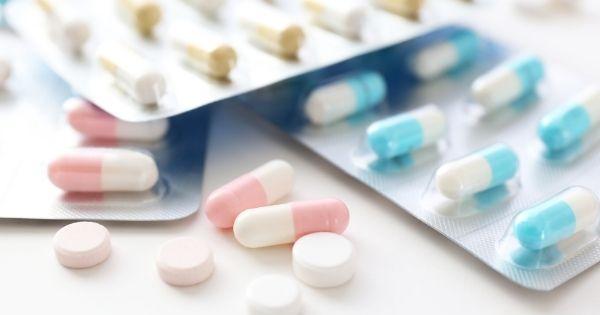
The drug development process is the process of developing, testing, and approving a new drug for pharmaceutical usage. Before a new drug reaches a patient, it must go through five steps to determine if it is a safe and effective means of treating a specific condition. Follow this guide to the drug development process to understand what steps scientists need to take to get a drug out of the lab and into the patient's hands.
Discovery and Development
The first step in the process of creating a new drug is discovery and development. Researchers and scientists typically make new drug discoveries based on new insights into a disease, the advent of new technology, or the discovery of effects of another drug that leads to new uses. After researchers have made this discovery, they will then identify key markers of the compound, such as the best dosage, the most effective method to administer it, and the potential benefits and side effects.
Pre-Clinical Research
After the discovery phase, scientists conduct pre-clinical research through laboratory testing to ensure that the drug does not present any potential harm. In this phase, researchers must use good laboratory practices (GLP) and good manufacturing practices (GMP) to control the operating procedures, written protocol, and equipment and personnel requirements. The findings of these controlled tests will determine if the drug can move onto the next phase—testing in humans.
Clinical Research
If the drug is not harmful in pre-clinical trials, trials using human specimens will begin. These trials will further answer specific questions about the drugs benefits. In this step, clinical trials take place in phases with the assistance of the Investigational New Drug Process (INDP). Before any trials begin, an INDP application will go to the Food and Drug Administration (FDA) to highlight the pre-clinical results, manufacturing information, and the clinical trial protocol. The clinical trial protocol includes information such as who will participate in the studies and how long the trial will last.
FDA Approval
Upon completion of the clinical research, the FDA will review the results and determine if the new drug is safe and effective. The developer will present this information to the FDA via a New Drug Application. Upon approval, the FDA will work with developers to label the drug to describe the basis for approval and the best practices for use.
Post-Market Safety Monitoring
The last step in the guide to the drug development process is to continue to monitor the drug on the market. True product safety cannot be evaluated solely by clinical trial—a true picture of the drug's impact will only be visible over months or even years of use. As the FDA monitors the drug on the market, it can issue more extensive dosage and usage recommendations.
